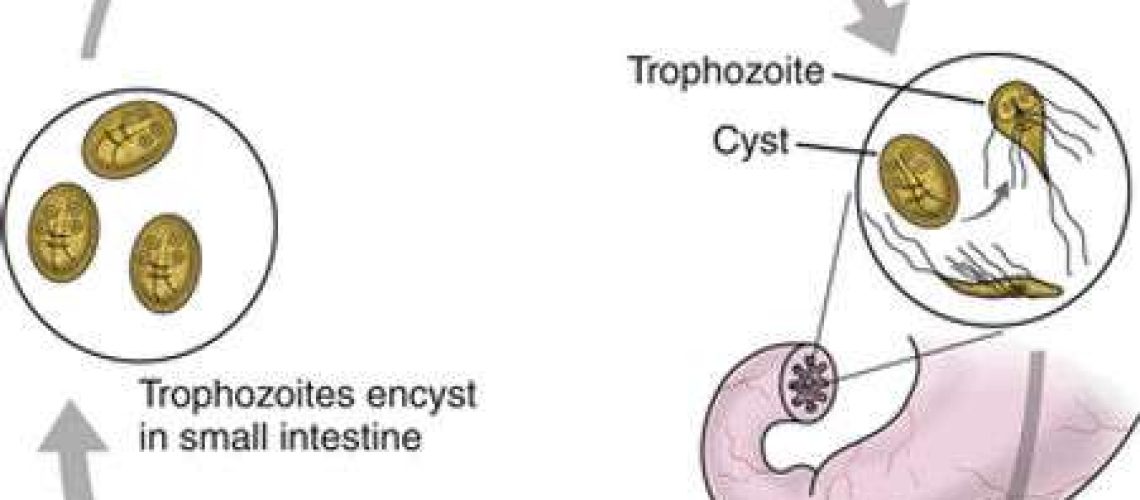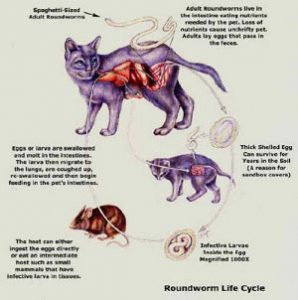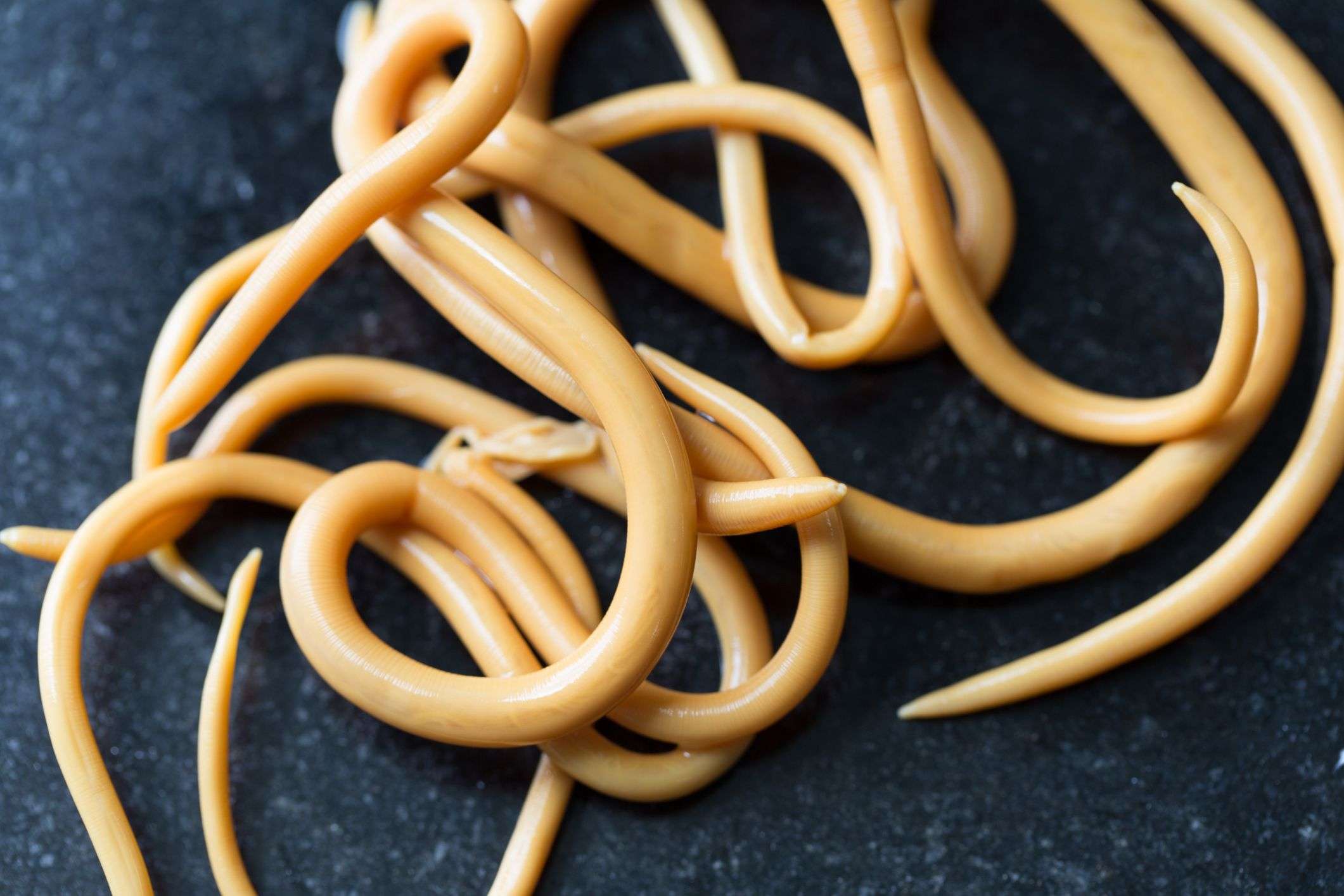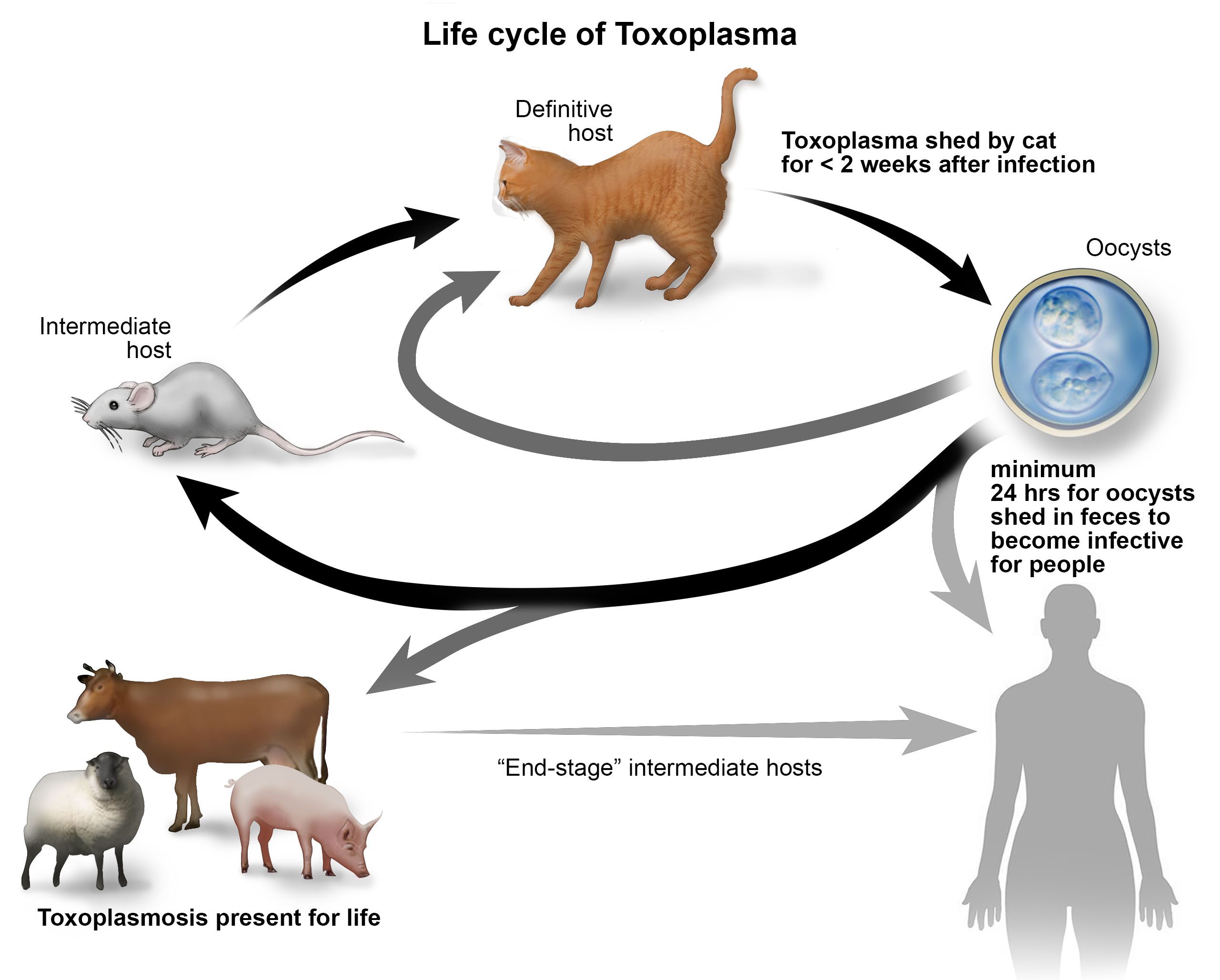Key Takeaways:
- Giardia is a common intestinal parasite that can affect dogs of all ages and breeds.
- It is transmitted through the ingestion of contaminated water, food, or feces from infected animals.
- Symptoms of Giardia in dogs include diarrhea, vomiting, weight loss, and poor appetite.
- Proper hygiene practices such as regular handwashing and cleaning of living areas are crucial to prevent the spread of Giardia.
- Treatment for Giardia typically involves medication prescribed by a veterinarian and may require multiple rounds to completely eliminate the parasite.
Are you a dog lover? Do you want to keep your furry friend healthy and happy? Then understanding the topic of Giardia in dogs is essential for you! Giardia is a pesky parasite that can wreak havoc on your dog's digestive system, causing symptoms like diarrhea, vomiting, and weight loss.
What is Giardia and how does it affect dogs?
Giardia is a microscopic parasite that can infect dogs and cause an illness called giardiasis. When a dog becomes infected with Giardia, the parasite lives in their intestines and can cause symptoms like diarrhea, vomiting, weight loss, and poor appetite. These symptoms occur because the parasite damages the lining of the intestines, making it harder for the dog to absorb nutrients from their food.
If left untreated, giardiasis can make a dog very sick and weak. It can also lead to dehydration if the dog is losing too much fluid through diarrhea or vomiting. That's why it's important to take your dog to the veterinarian if you suspect they may have Giardia.
Common symptoms of Giardia in dogs include:
- Diarrhea
- Vomiting
- Weight loss
- Poor appetite
- Lethargy (lack of energy)
Remember:
If your dog shows any of these symptoms, it's essential to seek veterinary care promptly. The veterinarian will be able to diagnose whether your dog has Giardia and recommend appropriate treatment options.
How do dogs get Giardia and what are the common symptoms?
Dogs can get infected with Giardia by drinking water or eating food that has been contaminated with the parasite. They can also pick up Giardia by coming into contact with infected animal feces or by grooming themselves after being in contaminated environments like parks or kennels.
Once inside a dog's body, the Giardia parasites multiply in the intestines and form cysts that are passed out in their feces. These cysts can survive in the environment for a long time, allowing them to infect other dogs or even humans.
Common ways dogs can get infected with Giardia:
- Drinking contaminated water
- Eating contaminated food
- Coming into contact with infected animal feces
- Grooming themselves after being in contaminated environments
Remember:
To reduce the risk of your dog getting Giardia, it's important to provide them with clean drinking water, avoid letting them eat from unknown sources, and always clean up after them when they go to the bathroom. Regular grooming and maintaining good hygiene practices can also help prevent infections.
Can humans catch Giardia from their dogs?
Yes, humans can catch Giardia from their dogs. While it is more common for dogs to transmit the parasite to other animals or humans, it is still possible for people to become infected. This usually happens through close contact with an infected dog's feces or by accidentally ingesting contaminated water or food.
It's important to note that not all strains of Giardia are infectious to humans. However, if a person does become infected with Giardia, they may experience similar symptoms as dogs, such as diarrhea and stomach cramps. It's crucial for both dog owners and individuals who work closely with animals to practice good hygiene habits and take precautions to prevent transmission.
Tips for preventing human infection:
- Wash hands thoroughly after handling dog feces or cleaning up after your dog.
- Avoid close contact with your dog if they have been diagnosed with Giardia until they have completed treatment.
- Avoid drinking untreated water from potentially contaminated sources.
- Practice good hygiene, especially when handling food and water.
Remember:
While the risk of humans getting Giardia from their dogs is relatively low, it's still important to take precautions to protect yourself and practice good hygiene habits. If you suspect you may have been infected with Giardia, it's best to consult a healthcare professional for proper diagnosis and treatment.
How can veterinarians diagnose Giardia in dogs?
Fecal Examination
One of the primary methods veterinarians use to diagnose Giardia in dogs is through a fecal examination. During this procedure, a small sample of the dog's stool is collected and examined under a microscope. The veterinarian looks for the presence of Giardia cysts or trophozoites, which are the microscopic forms of the parasite. If these are found, it confirms that the dog has a Giardia infection.
Antigen Tests
Another diagnostic tool used by veterinarians is antigen tests. These tests detect specific proteins produced by Giardia in the dog's feces. A positive result indicates an active infection. Antigen tests are often quicker and more convenient than fecal examinations, providing results within minutes.
Preventing Contamination:
To ensure accurate test results, it's crucial for dog owners to prevent contamination of the stool sample. This can be done by collecting a fresh sample directly from the dog's rectum using gloves or a clean plastic bag. It's important not to mix the sample with urine or water, as it may dilute or wash away any potential Giardia cysts.
By utilizing these diagnostic methods, veterinarians can accurately identify if a dog has been infected with Giardia and provide appropriate treatment.
What are some effective treatments for Giardia in dogs?
Medication
The most common treatment for Giardia in dogs involves medication prescribed by a veterinarian. Metronidazole and fenbendazole are two commonly used drugs that effectively kill the parasite. These medications come in different forms such as tablets or liquid suspensions and are usually administered orally over several days.
Hygiene Measures
In addition to medication, proper hygiene measures are crucial in treating Giardia infections. It's important to thoroughly clean and disinfect the dog's living area, including bedding, toys, and food bowls. Regularly washing the dog's paws after outdoor activities can also help prevent re-infection.
Preventing Spread:
To prevent the spread of Giardia to other pets or humans in the household, it is essential to practice good personal hygiene. This includes washing hands thoroughly with soap and water after handling an infected dog or cleaning up its feces. Additionally, avoiding direct contact with infected dogs until they have completed their treatment is advisable.
By combining medication with proper hygiene practices, veterinarians can effectively treat Giardia infections in dogs and minimize the risk of recurrence.
What can dog owners do to prevent Giardia infections?
Clean Drinking Water
Providing clean drinking water is crucial in preventing Giardia infections in dogs. Dog owners should ensure that their pets have access to fresh water from a reliable source. Avoid allowing dogs to drink from stagnant ponds or puddles where parasites may be present.
Proper Waste Disposal
Proper waste disposal is another key preventive measure. Dog owners should promptly pick up and dispose of their pet's feces, especially in public areas where other animals may come into contact with it. Bagging the waste and placing it in designated trash bins helps reduce the risk of spreading Giardia.
Avoiding Contaminated Areas:
When taking dogs for walks or hikes, it's important to avoid areas known for being contaminated with Giardia cysts. These include places where there are high concentrations of wildlife or where other infected animals frequently visit.
By following these preventive measures, dog owners can significantly reduce the chances of their pets contracting a Giardia infection.
Can a dog get infected with Giardia again after being treated?
Yes, it is possible for a dog to get re-infected with Giardia even after receiving treatment. The parasite can be present in the environment and easily transmitted through contaminated water, soil, or feces of other infected animals. Additionally, dogs that come into contact with infected animals during walks or visits to parks may become re-infected.
To minimize the risk of re-infection, it's important to follow preventive measures such as proper waste disposal and avoiding contaminated areas. Regular veterinary check-ups and maintaining good hygiene practices can also help detect and prevent recurring infections.
Remember, while treatment can effectively eliminate Giardia from a dog's system, ongoing vigilance is necessary to protect against future infections.
In conclusion, giardia is a common parasite that can affect dogs. It causes diarrhea and other digestive problems. It's important for dog owners to be aware of the symptoms and take steps to prevent and treat this infection.
What are the signs that a dog has Giardia?
Dogs with an infection may have stools that vary in consistency from soft to watery, sometimes with a greenish color and possibly containing blood. They may also produce excessive mucus in their feces and may experience episodes of vomiting. These symptoms can last for several weeks, and gradual weight loss may become noticeable.
How serious is Giardia in dogs?
Giardia is typically not a life-threatening condition, unless it affects young or elderly dogs. In these cases, the excessive diarrhea caused by the parasite can lead to dehydration rapidly, which can be fatal for dogs with weakened immune systems or underdeveloped immune systems.
How do you get rid of Giardia in dogs?
The main medication used to treat giardia in dogs is fenbendazole (Panacur), which is a deworming agent. There are also other medicines available, such as a combination of pyrantel and febantel. Metronidazole (Flagyl) is commonly used as well for giardia treatment.
Can I get Giardia from my dog licking me?
Is it possible for me to contract Giardia if my dog licks me? Thankfully, the likelihood of humans getting Giardia from dogs is relatively low, although it is still possible. To minimize this low risk, it is important to wash your hands after dealing with your dog's feces. In humans, Giardia is commonly transmitted through drinking water, not through pets.
What does Giardia poop look like?
Giardiasis is a parasitic infection caused by Giardia. Its main symptom is diarrhea, which is characterized by explosive, watery, greasy, and unpleasant-smelling stools. Other symptoms include bloating, nausea, pain, gas, fatigue, and decreased appetite.
How do I disinfect my house from Giardia?
To prevent the risk of reinfection, it is necessary to treat the environment. A mixture of one cup of chlorine bleach in a gallon of water is an efficient disinfectant for killing Giardia cysts. If your dog has a kennel or an outdoor concrete or gravel area, it is recommended to disinfect it. Additionally, cat litter pans should also be treated with a bleach solution.

















